Habitat protections for endangered species in doubt from proposed rule change
The U.S. Fish and Wildlife Service (FWS) and the National Marine Fisheries Service (NMFS) have proposed a rollback of a decades-old interpretation of the Endangered Species Act (ESA) that could significantly narrow the scope of legal protections for threatened wildlife.
At the center of the proposed rule change is the elimination of a regulatory definition of the term “harm,” part of the statutory prohibition against “taking” endangered species.
Legal interpretation
Under the ESA, to “take” an endangered species is illegal and includes a range of direct actions such as shooting, hunting, capturing, or killing. Since the 1980s, however, federal regulators have interpreted “harm” to also encompass significant habitat modification, if that destruction leads to the death or injury of protected wildlife.
This interpretation was upheld in 1995 by the U.S. Supreme Court in Babbitt v. Sweet Home Chapter of Communities for a Great Oregon, which ruled that habitat destruction could legally be considered a form of harm under the ESA, deferring to the agency’s interpretation under the Chevron doctrine.
However, the Supreme Court overturned the Chevron doctrine in 2024, significantly curbing the deference courts must give to federal agencies in interpreting ambiguous statutes.
The FWS and NMFS, citing the new judicial standard requiring adherence to the “single best meaning” of statutory language, now argue for a narrow reading of “take” and understood to mean only to direct affirmative acts against animals themselves, not indirect harms caused by environmental degradation.
The proposed rule, published April 17 in the Federal Register, asserts that the previous definition of “harm” does not align with the ESA’s plain language. According to the agency, habitat modification should no longer qualify as harm unless it results in immediate and demonstrable injury to individual animals.
If finalized, this change could prevent the government from intervening in cases where habitat destruction puts species at risk but does not cause immediate physical injury.
Public reaction
A group of over 40 organizations signed on to a formal letter expressing support for the proposed rule. Signatories include the California Farm Bureau, Family Farm Alliance, National Milk Producers Federation, and Western Growers Association.
They argue that the FWS and NMFS have used the ESA’s “harm” definition to impose regulatory burdens based on subjective preferences for the ecosystem rather than known consequences to individual members of a species.
“The proposed rule will also bring improved consistency and certainty to ESA consultations and focus more scarce resources towards actions that will more effectively protect and restore species while also protecting people. To be clear, we live and work in the West, and we embrace our natural heritage. However, species recovery and economic prosperity do not have to be mutually exclusive,” according to the letter.
Dr. Steve Osofsky, a professor of wildlife health and policy at Cornell University College of Veterinary Medicine, criticized the proposal as prioritizing industry profit over ecological survival.
“With the Trump administration changing the ESA’s definition of ‘harm,’ they are essentially saying that a critical habitat can be destroyed and that is no longer going to be deemed ‘harmful’ to a species that needs that habitat to survive,” Dr. Osofsky said. “Of course, habitat loss is the primary driver of species declines and extinctions.”
Dr. Osofsky warned that the practical effects of the rule could be extreme. “You can cut down the last forest species X needs to survive or drain the last body of water species Y persists in, and that’s no problem—since you are not directly harming the members of that species,” he said.
The proposed rule received more than 232,000 comments when the comment period ended in May. In its comments, the Wildlife Conservation Society said the proposed rule change would immediately place all species native to the U.S. that are protected under the ESA in peril.
“Rescinding the current regulatory definition of the word ‘harm’ removes key language that ensures that habitats of endangered species are protected, per the clear intent of Congress as stated in the Act, ‘to provide a means whereby the ecosystems upon which endangered species and threatened species may be conserved’ (16 USC 1531(b)),” the group wrote. “Rescinding this definition … would allow for destruction of the species’ food sources, breeding areas, and shelter, without which no animal of any species can survive.”
Author: R. Scott Nolen
Source: https://www.avma.org/




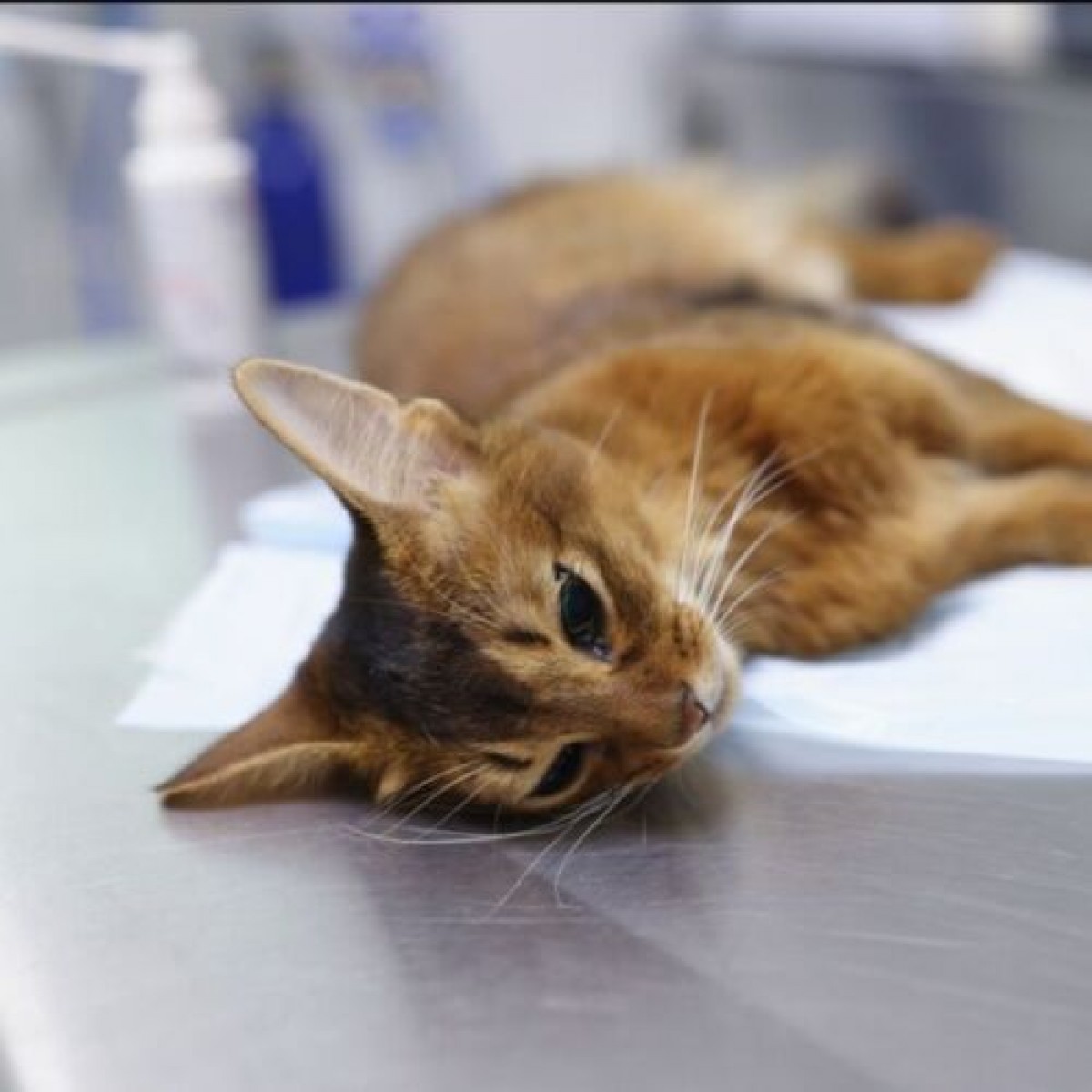

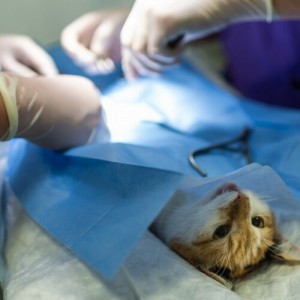
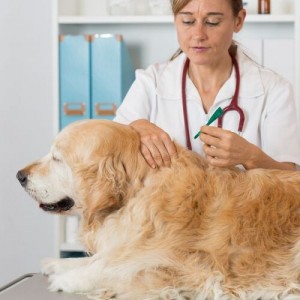
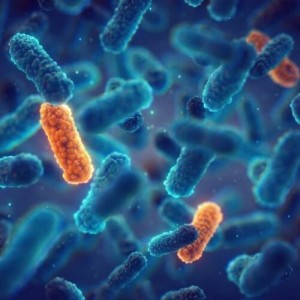
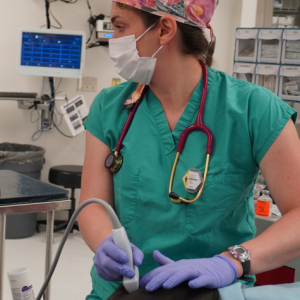

List
Add
Please enter a comment